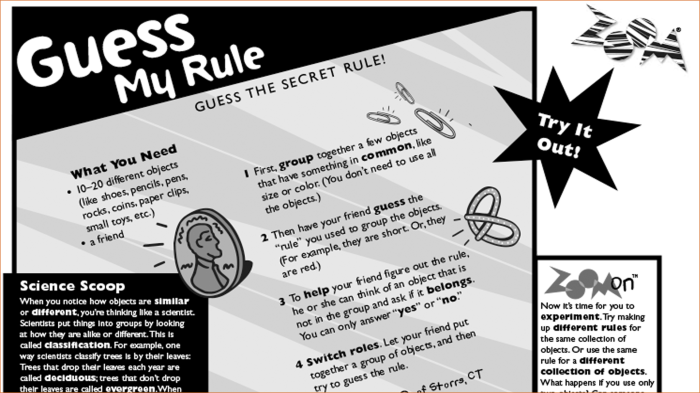Embark on a captivating journey into the realm of “Guess My Rule with Letters,” where we delve into the art of deciphering enigmatic letter sequences. This interactive puzzle challenges your pattern recognition and logical reasoning skills, inviting you to uncover the hidden rules that govern these seemingly random arrangements.
As you embark on this intellectual adventure, you’ll discover the significance of identifying patterns, employing logical reasoning, and organizing data effectively. Prepare to test your hypotheses, verify your solutions, and ultimately triumph over the enigmatic rules that govern these letter sequences.
Pattern Identification: Guess My Rule With Letters
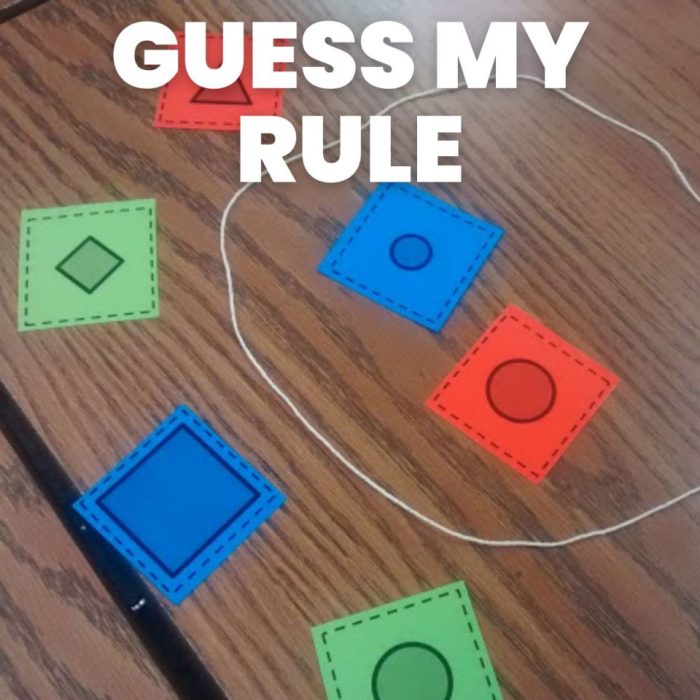
Pattern identification is crucial for understanding the rule behind a sequence of letters. Patterns are regularities or repetitions that occur within the sequence.
To identify patterns, observe the sequence carefully, looking for any repeating or alternating elements. Common patterns include:
Repeating Patterns
- Simple Repeats:One or more letters repeat consecutively (e.g., ABABAB)
- Alternating Repeats:Two or more letters alternate in a regular pattern (e.g., ABBAABBA)
- Nested Repeats:A pattern within a larger pattern (e.g., (AB)CD(AB)CD)
Alternating Patterns
- Simple Alternation:Two or more letters alternate in a fixed order (e.g., ABCABC)
- Complex Alternation:A more intricate pattern of alternating letters (e.g., ABCCBA)
- Cyclic Alternation:A pattern that repeats itself after a certain number of letters (e.g., ABCDEFGHIJ repeats every 9 letters)
Identifying patterns allows us to make educated guesses about the rule governing the sequence.
Logical Reasoning
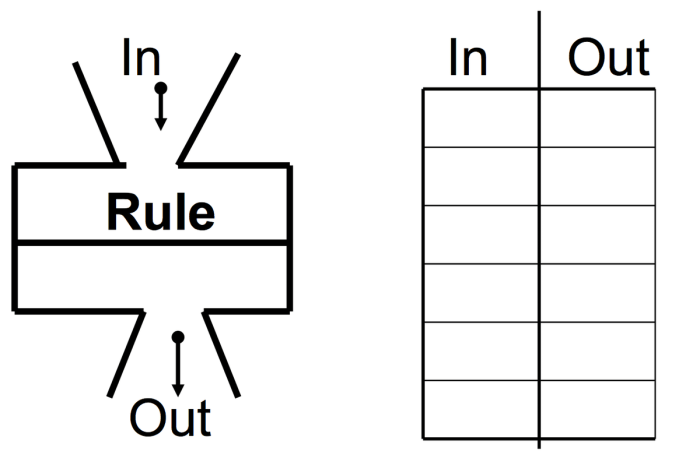
Logical reasoning plays a pivotal role in solving “guess my rule” puzzles. It enables you to analyze the provided information, identify patterns, and deduce the underlying rule that governs the puzzle.
Deductive Reasoning, Guess my rule with letters
- Deductive reasoning allows you to derive specific conclusions from general principles or premises. In “guess my rule” puzzles, you can use deductive reasoning to eliminate options that are incompatible with the given information.
- For instance, if the rule is “all letters are vowels,” then any guess that includes a consonant can be immediately eliminated.
Inductive Reasoning
- Inductive reasoning involves making generalizations based on observed patterns. In “guess my rule” puzzles, you can use inductive reasoning to identify potential rules that explain the given examples.
- For example, if you notice that all the given letters are uppercase, you can induce that the rule might be “all letters are uppercase.”
Eliminating Incorrect Guesses
- As you gather more information about the rule, you can systematically eliminate incorrect guesses. Each incorrect guess provides additional clues about the rule, narrowing down the possible solutions.
- By combining deductive and inductive reasoning, you can gradually refine your guesses until you arrive at the correct solution.
Data Organization
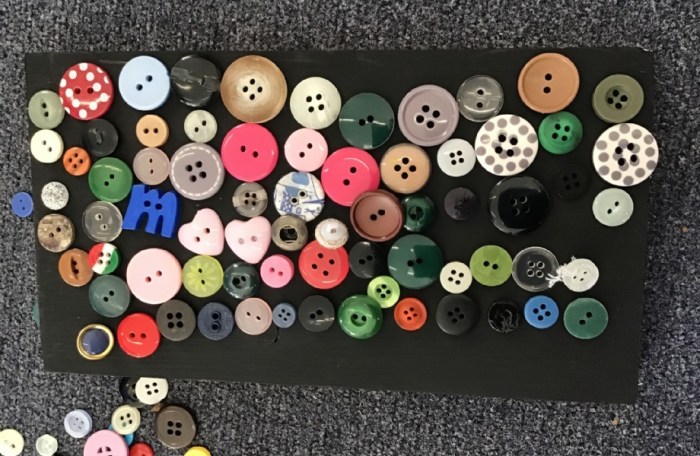
Organizing and structuring the given letters effectively is crucial for identifying patterns and eliminating possibilities. A well-organized structure allows for efficient data visualization and analysis.
One effective way to organize the letters is to create an HTML table with up to 4 responsive columns. This tabular format provides a clear and structured representation of the data, making it easier to spot patterns and identify relationships between the letters.
Table Structure
The HTML table can be structured as follows:
- Column 1:Original Letter
- Column 2:Letter Type (Vowel/Consonant)
- Column 3:Letter Position (First, Middle, Last)
- Column 4:Additional Features (e.g., repeated letters, unique characters)
This table structure allows for easy sorting and filtering of the letters based on different criteria, such as letter type, position, or unique features. It provides a comprehensive overview of the data and facilitates the identification of patterns and relationships.
Hypothesis Testing
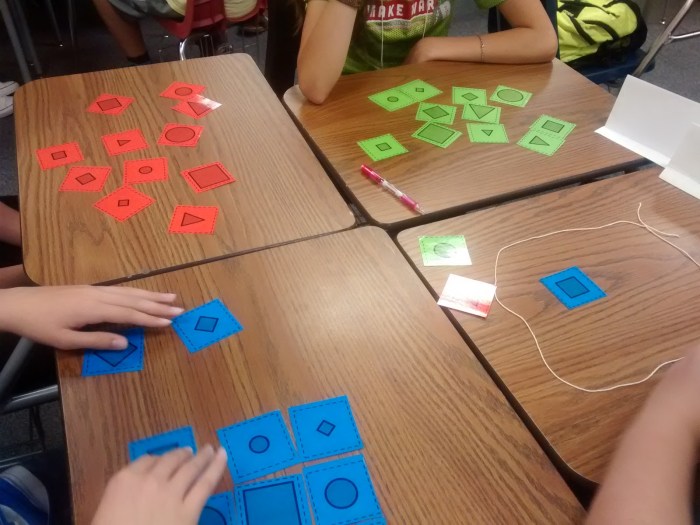
Hypothesis testing is a fundamental process in logical reasoning that involves formulating and testing hypotheses to explain observed patterns or data. It allows us to make educated guesses about the underlying rules or relationships within a given dataset.
Formulating Hypotheses
When presented with a set of observations, we can start by generating potential hypotheses based on the patterns we notice. A hypothesis is a tentative explanation or prediction that we can test to see if it aligns with the available data.
For example, if we observe that a certain letter appears more frequently than others in a sequence, we might hypothesize that this letter is part of the underlying rule.
Testing Hypotheses
Once we have formulated a hypothesis, we need to test it against the data to see if it holds true. This can be done through trial and error, where we try to apply the hypothesis to different parts of the sequence and check if the predicted outcomes match the actual observations.
If the hypothesis consistently produces accurate predictions, it gains support and becomes more likely to be correct.
Refuting Hypotheses
If a hypothesis consistently fails to produce accurate predictions, it is considered refuted and must be discarded. This process of elimination helps us narrow down the possibilities and move closer to finding the correct rule.
Example
Let’s consider a sequence of letters: ABCDEFGHIJ. We notice that the letters alternate between vowels and consonants. Based on this pattern, we might hypothesize that the next letter in the sequence will be a consonant. We can test this hypothesis by checking the next letter in the sequence, which is K, and verifying that it is indeed a consonant.
This supports our hypothesis and makes it more likely to be correct.By formulating and testing hypotheses, we can gradually uncover the underlying rules or relationships within a given dataset, allowing us to make accurate predictions and gain insights into the patterns we observe.
Guess my rule with letters, a game of wits that sharpens the mind. Speaking of sharp minds, have you read Anita Desai’s “A Devoted Son”? Her exploration of filial piety is a testament to her literary prowess. Now, back to our game of guess my rule with letters.
Let the mind games continue!
Solution Verification

Verifying the final solution thoroughly is crucial to ensure the accuracy of the rule. It involves testing the rule against all the given letters to ensure it correctly identifies the pattern.
Step-by-Step Verification Process
- Gather all letters:List all the letters given in the problem.
- Apply the rule:For each letter, apply the rule to determine whether it follows the pattern.
- Check results:Verify if the rule correctly identifies the pattern for each letter.
Common Pitfalls and Avoidance
- Overlooking exceptions:Ensure the rule accounts for any exceptions or special cases in the pattern.
- Incorrect application:Carefully apply the rule to each letter, avoiding any errors in interpretation.
- Confirmation bias:Avoid selectively choosing examples that support the rule and ignoring those that contradict it.
Query Resolution
What is the objective of “Guess My Rule with Letters”?
The objective is to identify the underlying rule that governs a sequence of letters, based on the provided patterns and logical reasoning.
How can I improve my pattern recognition skills?
Practice identifying repeating or alternating patterns in various letter sequences, paying attention to the order, frequency, and relationships between the letters.
What is the importance of data organization in solving these puzzles?
Organizing the letters in a table or other structured format helps visualize patterns, eliminate possibilities, and test hypotheses more efficiently.
